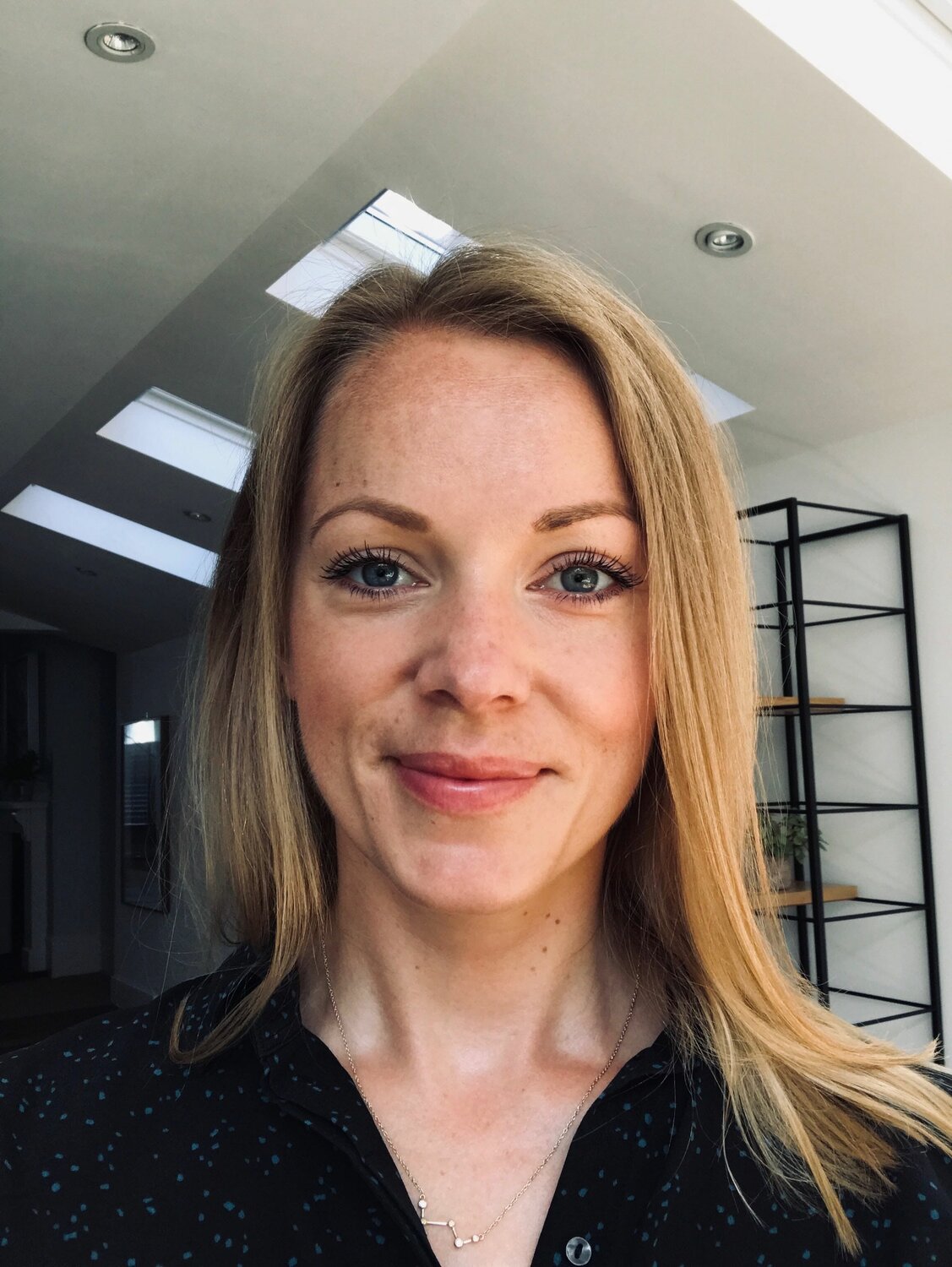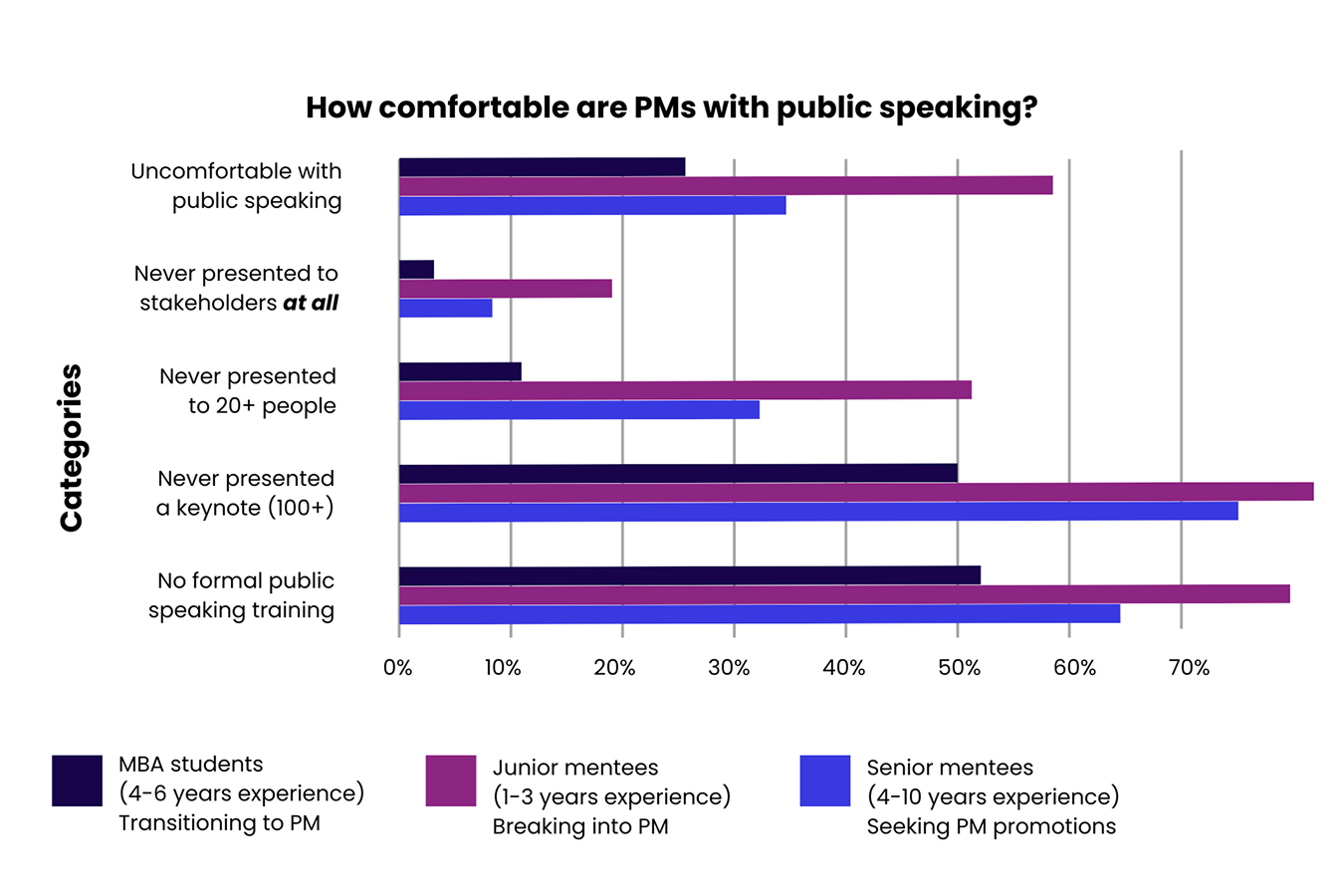In this interactive AMA session for Prioritised members, Jackie Bavaro, author of Cracking the PM Career, shares what she knows about effectively managing your career in product.
Watch the recording in its entirety or read on for the highlights, including:
- The Phases of a Product Career
- Making the Move From Director To VP
- What People Managers Should Expect From Their Managers
- Influencing Product Culture at Early Stage Startups
*Questions and answers have been edited for clarity
The Product Manager Career Path
Jackie kicks off the session by explaining the stages of her own career and how, in general, product manager careers develop. "My thinking on this has evolved," she says "and the way that I think about it now is that there are really three phases to a PMs career."
Phase 1: Shipping Products
Jackie explains that the first phase is all about shipping products. "That is if somebody tells you the context and the goals, can you create delightful products that customers love that hit the goals? And you can get better and better and better at that?". Then, you reach the point where getting better at shipping products isn't enough to take you to the next level.
Phase 2: Product Strategy
The second phase is product strategy. In this phase, instead of just taking the goals from someone else, you're now the person setting the goals, developing a long-term vision for your team, and thinking about what it will take to get there. "When you shift over to the product strategy side, you say, where do we want to get to? Forget about where we are today – what would be an amazing future to get to? You then work backwards. What are the big leaps we need to make now to get in the right direction?".
Phase 3: Organisational Excellence
Around the third phase, you start to manage people and getting better at product strategy is no longer the main part of your job. This Jackie says, is the 'organisational excellence phase'.
Now your role is about how to build strong teams and hire the right people. It's about developing people and setting up the right processes so that your team works well together, and with others across the company so that you can make great products.
"Seeing the career as three phases has been really helpful to me because it explains why some people improve, improve, improve, and then stall or have trouble getting to the next level," says Jackie. "It also explains why sometimes you feel like your job is getting easier. And then sometimes you hit this point where everything feels hard again because you've slipped it into this new phase."
Making the Move From Director To VP
Much of this, says Jackie, relates to phase 3 above – organisational excellence. "If you're in a director role already," says Jackie, "you're probably great at shipping products product strategy," and while product strategy will continue to grow into the VP level roles, Jackie recommends placing your focus on that third phase, organisational excellence. This she tells us means thinking about how you build the strongest possible team, how you motivate your team, and how you resolve obstacles, roadblocks or organisational structures that are holding them back. This, she says, is really about setting up the right processes.
The other part (which also ends up becoming very important for Head of Product roles) is upward facing. "Your team below you sees you as the head of the organisation," says Jackie, which means it's important to perform well as a member of the executive team. "This is really things like how well are you a thought partner to the other people on the executive team. How well are you advising the CEO on strategy, and how and how much do you contribute to the company operations and company level success."
Finally, company fit will be really important. "There are going to be times when the CEO is going to want to surround themselves with people who help them to make better decisions and help them to work the way they want to work," says Jackie. In these cases, organisational excellence simply won't be enough and Jackie recommends keeping in mind how good the match really is. If you're struggling to make the transition where you are, she suggests, "it might not be your skills, it might be a match issue between you and the company."
What People Managers Should Expect From Their Managers
Once you're in that people manager role, there are going to be two things that your manager is going to want from you:
- Your manager will want you to have a high level of autonomy: At this stage in the game, says Jackie, your manager isn't going to want you to be asking for input on every little thing. "They want a life, they want stress relief, and they want the burden off their shoulders in knowing that your team is going to be fine."
- Your manager will appreciate you creating space for you and them to grow: You always have way more to do than you possibly have time for explains Jackie and the way that you advance is to take the set of work that you're doing and to find a way to empower the people in your team to do that work. In doing that, you free up your time to advance and to work on the things that are more important for you. "In terms of your relationship with your manager," says Jackie, "one of the tricks there can be finding out what it is your manager is working on now and what it is they want to move into." With that information, she explains, you can determine what it will take for you to grow into that responsibility. "This is often a growth opportunity for you, but something that your manager would love to delegate as well."
Influencing Product Culture at Early Stage Startups
Asked how you might professionalise a product management function in both startups and legacy companies, Jackie explains that more often than not, a lack of culture and product professionalism stems from two things. A lack of trust, or a lack of culture.
She uses a couple of scenarios to set the scene:
Lack of Trust
In the first scenario, Jackie describes what can happen in early-stage startups with very productive co-founders. "You think great, this place has a strong product culture and I'm going to get so much opportunity to be empowered and come up with strategy." But at this startup, she continues, the founder is reluctant to hand over the vision and the strategy to you. As the first product manager, you then spend most of your time executing on someone's vision until you can slowly build up trust.
Lack Of Product Culture
The second, she says, occurs most companies without a history of a strong product culture. "When a company doesn't have a strong product culture and they're not convinced that all of the product best practices are worth their time or the effort to change," says Jackie. As a result, your job really becomes about stakeholder management and influence. "The first thing I would say is don't expect this to be a really quick change," says Jackie. "Changing a company's culture is slow." In these scenarios, you're not going to know if the company culture could change in a month and if can, be mindful that it could probably revert back in a month too.
How To Build Trust
In both situations, where product culture, or trust, is lacking Jackie advises against trying to force change. "You don't want to come in and be like you're doing it all wrong," Instead she suggests asking questions, such as:
- Can you talk to me about how you're doing this?
- What are your goals?
- What's working well for you and what's not?
- Are there any things that frustrate you about X?
With the information you gather, you can then start to focus on the product best practices that are going to directly address the existing pain points. "Earn their trust by showing them that you can address the things they care about," says Jackie. "If they always question why features take too long you can suggest why those things take longer than they should have and how, for example, early validation could have helped to speed up the product."
As a product manager, she says, trying to influence culture, works best when it's service oriented. Make clear that you're there to help and that your job is to help the company succeed. "Tell them 'let me really understand what you care about and let me bring in new processes that are going to support you'." Coming into a company, being territorial and criticising, she says, is not the way to go.






